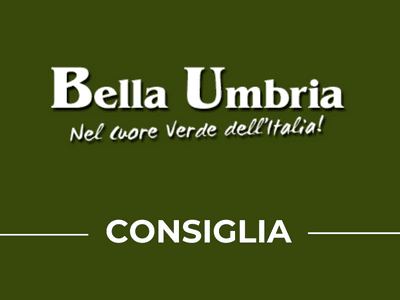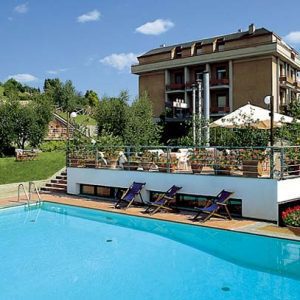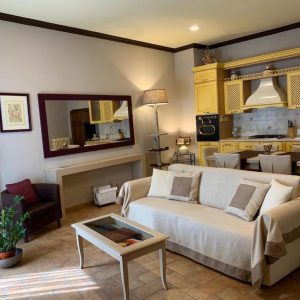▌ Alla scoperta di Parrano
#BELLAUMBRIA
{“translation”:[{“lang”:”it”,”content”:”Parrano, borgo di origine etrusca, si sviluppa in maniera rilevante nel Medioevo a partire dal castello, costruito intorno all’anno Mille su rovine romane. Prima di divenire un libero location nel 1500, fu dominato dapprima alla vicina Orvieto e, successivamente, da varie Signorie locali. Immerso nella collina umbra, oltre ad essere luogo di notevoli produzioni agricole, è anche meta turistica grazie alla presenza di numerose sorgenti di acqua minerale, utilizzate nelle cure idropiniche. Nelle immediate vicinanze del borgo, si segnalano le “Tane del Diavolo“, delle vere e proprie grotte risalenti all’età del Bronzo.
“},{“lang”:”en”,”content”:”Parrano, village of Etruscan origin, it developed in a considerable way during the Middle Ages, starting with the castle, built around the year One Thousand, on top of ruins the Roman Empire. Before becoming a free municipality in 1500, it was first dominated by the nearby Orvieto and, later, by several Lordships in the area. Set in the Umbrian hills, in addition to being a location of noteworthy agricultural productions, it is also a tourist destination due to the presence of a nzumber of mineral water springs, used in hydrotherapy cures. A few steps away from the village, one notes the “Tane del Diavolo“, authentic caves dating back to the Bronze Age.
“},{“lang”:”es”,”content”:”Parrano, village of Etruscan origin, it developed in a considerable way during the Middle Ages, starting with the castle, built around the year One Thousand, on top of ruins the Roman Empire. Before becoming a free municipality in 1500, it was first dominated by the nearby Orvieto and, later, by several Lordships in the area. Set in the Umbrian hills, in addition to being a location of noteworthy agricultural productions, it is also a tourist destination due to the presence of a nzumber of mineral water springs, used in hydrotherapy cures. A few steps away from the village, one notes the “Tane del Diavolo“, authentic caves dating back to the Bronze Age.
“},{“lang”:”de”,”content”:”Parrano, village of Etruscan origin, it developed in a considerable way during the Middle Ages, starting with the castle, built around the year One Thousand, on top of ruins the Roman Empire. Before becoming a free municipality in 1500, it was first dominated by the nearby Orvieto and, later, by several Lordships in the area. Set in the Umbrian hills, in addition to being a location of noteworthy agricultural productions, it is also a tourist destination due to the presence of a nzumber of mineral water springs, used in hydrotherapy cures. A few steps away from the village, one notes the “Tane del Diavolo“, authentic caves dating back to the Bronze Age.
“},{“lang”:”fr”,”content”:”Parrano, village d’origine étrusque, se développe de manière significative au Moyen-Âge à partir du château, construit aux alentours de l’an Mille sur des ruines romaines. Avant de devenir une commune libre en 1500, le village fût dominé en premier lieu par la voisine Orvieto puis ensuite par diverses Seigneuries locales.
Immergé dans les collines ombriennes, en plus d’être un lieu de grande productions agricoles, c’est également une destination touristique grâce à la présence de nombreuses sources d’eau minérale, utilisées pour les soins. Dans les alentours immédiats du village, il convient de signaler les “Terriers du Diable“, de vraies grottes datant de l’âge du bronze.
“}]}





